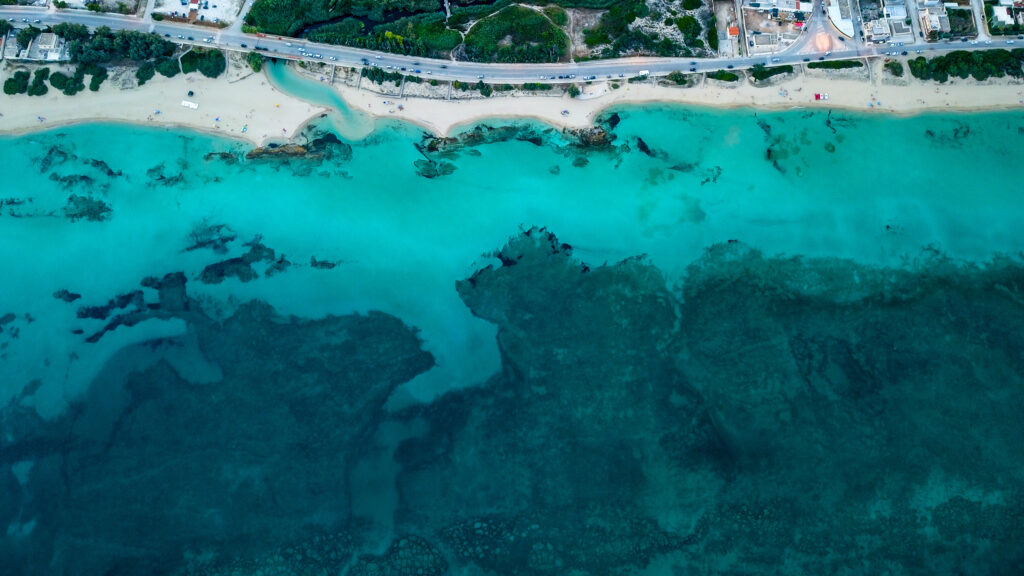Where on earth can you find a crystal clear, freshwater river, a stunning sea and beach, and Roman ruins that have been at the bottom of the sea for almost 2,000 years? Italy’s southern region of Puglia, of course. The Chidro River isn’t by any means the longest in the region (only 10 km long), but it is perhaps the most well-known. Located in the small coastal town of San Pietro in Bevagna in the Taranto province, the Chidro River is pure adventure.
San Pietro in Bevagna
Just an hour from the major city of Taranto on Puglia’s Ionian shore lies the fascinating location that truly has it all. It goes without saying that Puglia’s beaches are some of the most gorgeous in the entire world and tourists from all over have now discovered them. What makes San Pietro in Bevagna rare is the fact that here, in addition to the crystal clear turquoise sea and white sand beaches, you will also find the added bonus of the freshwater river called the Chidro (pronounced key-droh).

The Chidro River
Surrounding the river is a unique nature reserve that serves as a habitat for several species of wildlife including flamingoes. The Chidro empties directly into the Ionian Sea at the Acquafredda Beach, which means “cold water” in Italian. Appropriately named because the river temps range from 18 to 20 degrees Celsius (64 to 68°F) even in the peak of summer when outdoor temps can easily reach 40°C (104°F) or higher.
The local legend says that Saint Peter himself crossed this river- crying- and that his tears formed seashells. Locals believe that the seashells gathered here are blessed with the petrified tears of the saint himself.
Ancient History
We told you there was an added bonus for you history buffs, right? Honestly, even if you have no desire to go to a museum while you’re here, you can still see some mind-blowing archaeology under the sea! A Roman ship sank here around the 3rd century AD and although much of the remains of the actual ship haven’t been discovered, 23 white marble sarcophagi known as the Sarcofagi dei Re were uncovered in the 1960s. If the tide is right, these massive sculptures are visible at just 5 meters below the surface and just 100 meters from the shore and the mouth of the Chidro. You can set up a dive with a professional or even snorkel in the area.
There is also a museum containing rare finds from the Messapians who settled in this area from Greece around the 9th century BC. Museo Archeologico Manduria – Terra di Messapi is located in an ex-Agostinian convent in Manduria, just 15 minutes inland.
Travel Tips
When you visit, you’ll have to take into consideration that this is an extremely popular spot among the locals who stake their claim on the “free” beach early in the morning especially during the months of July and August. If possible, early to mid-June and early to mid-September are probably your best bet for not having to fight the crowds.

